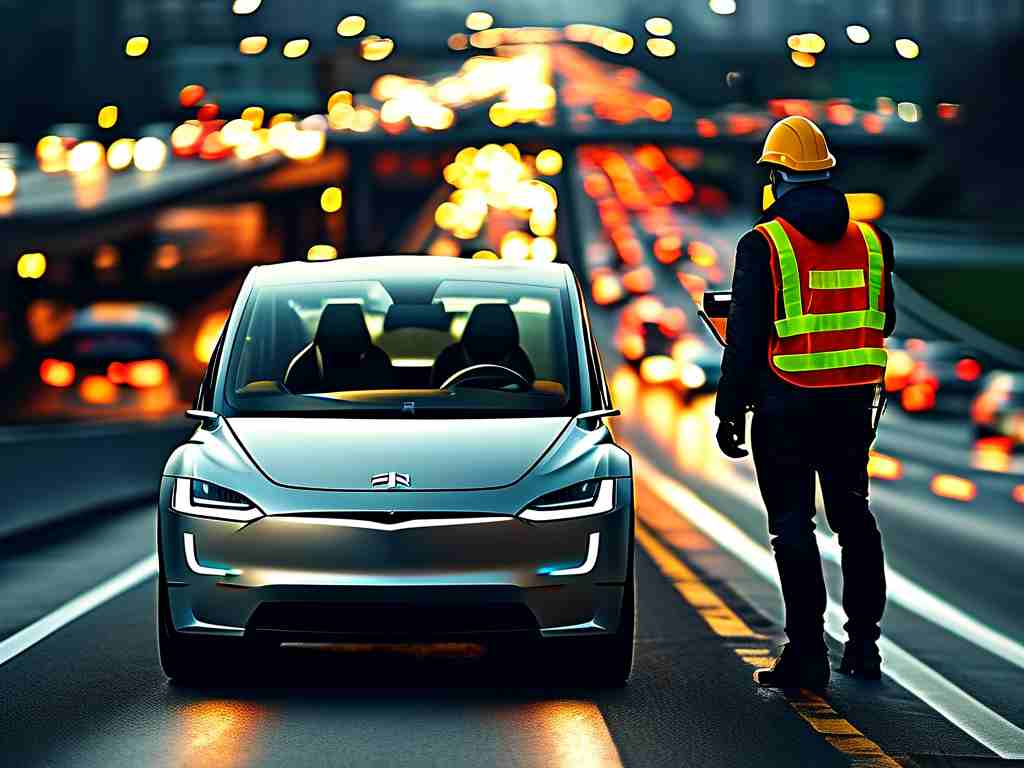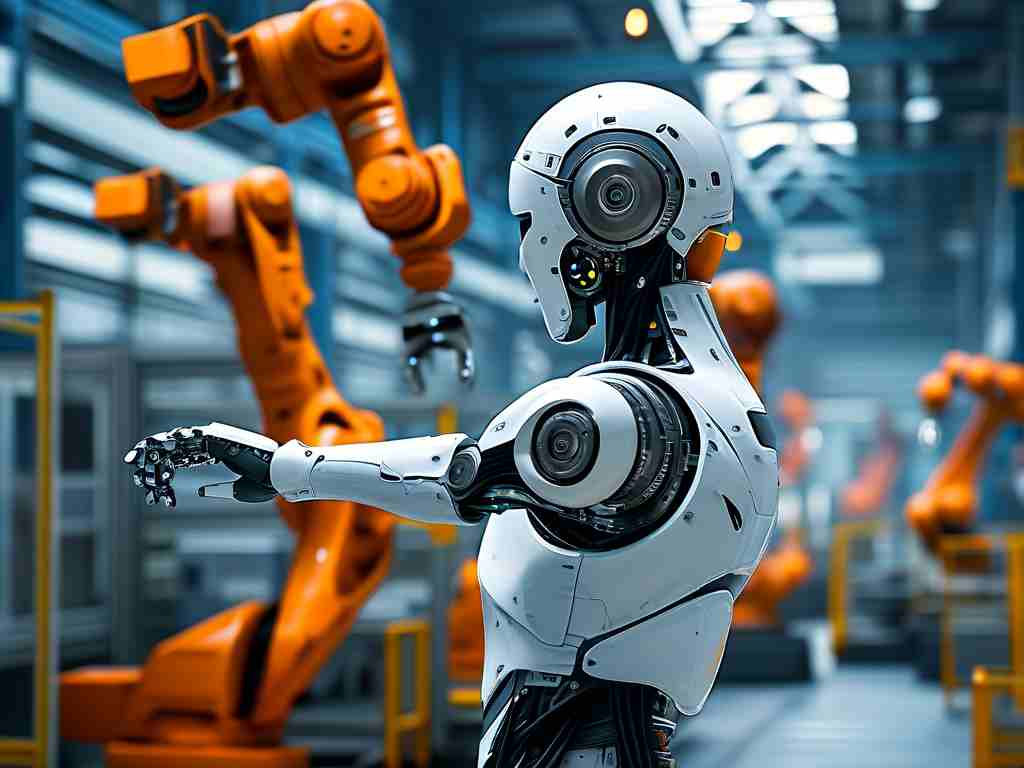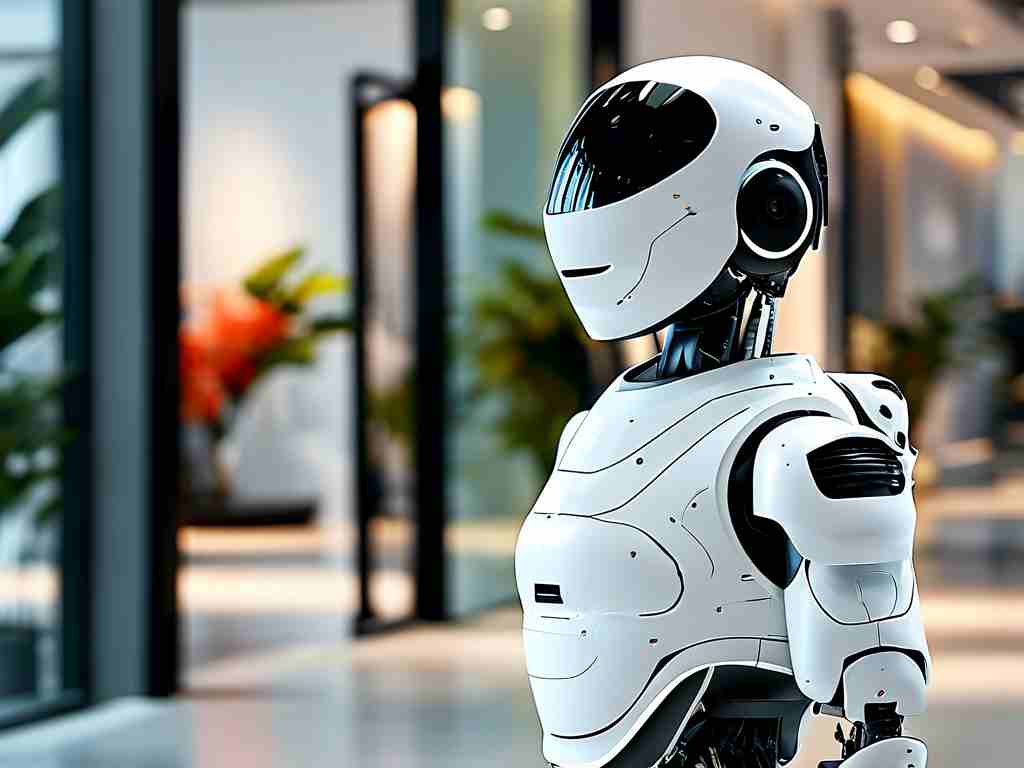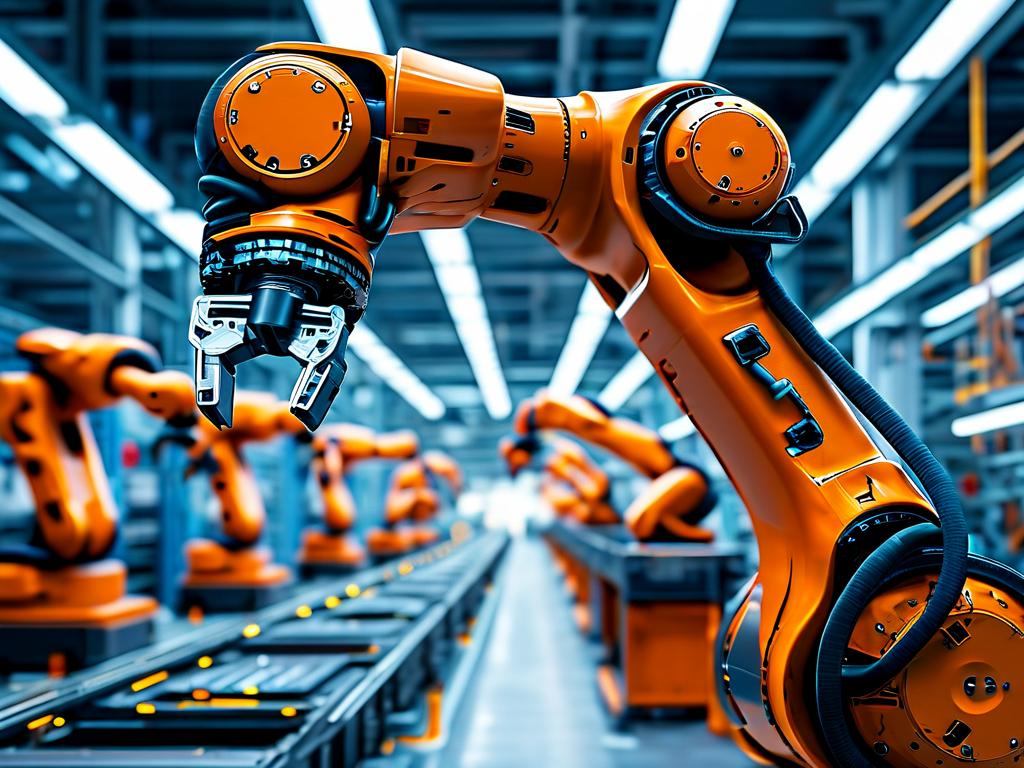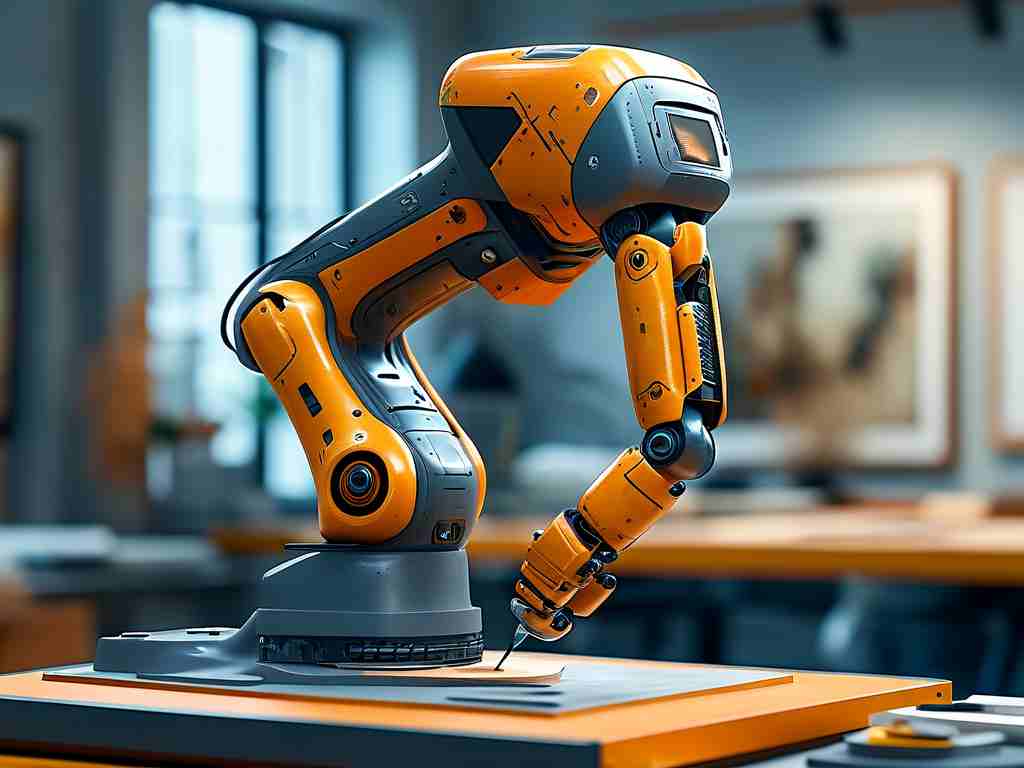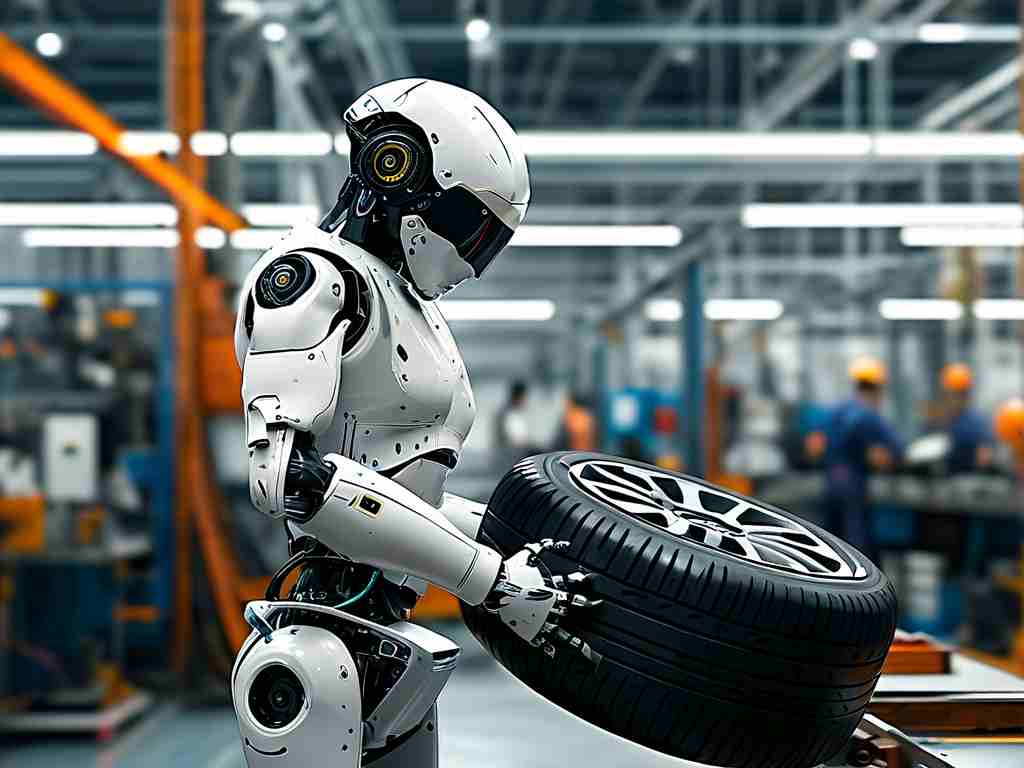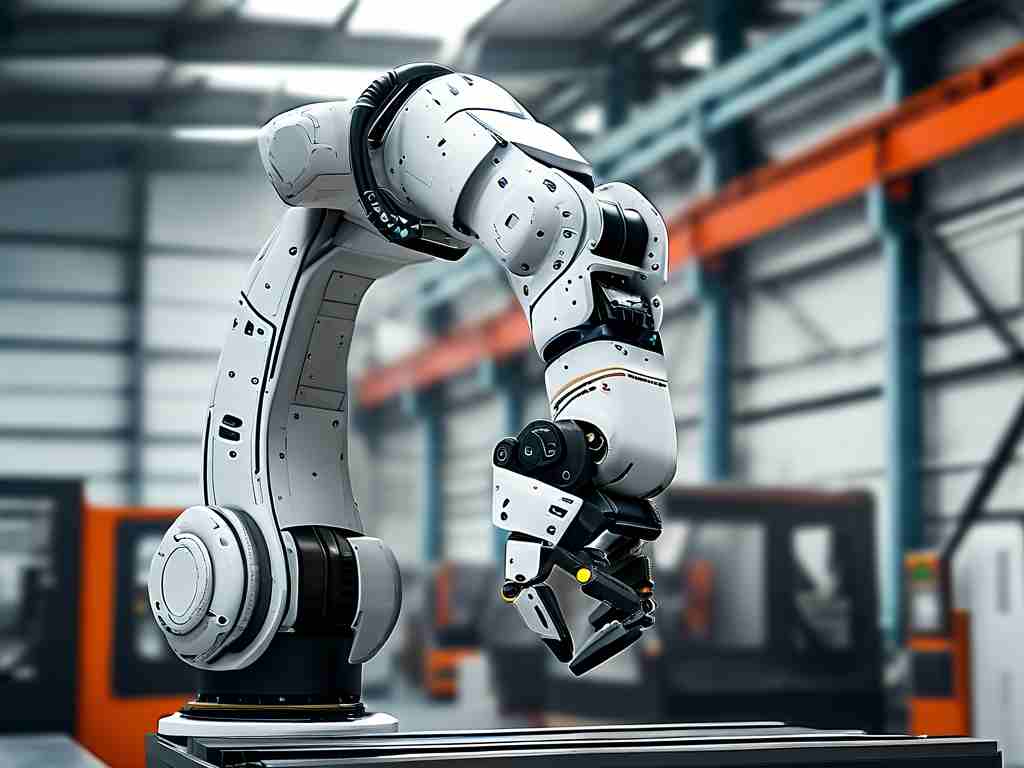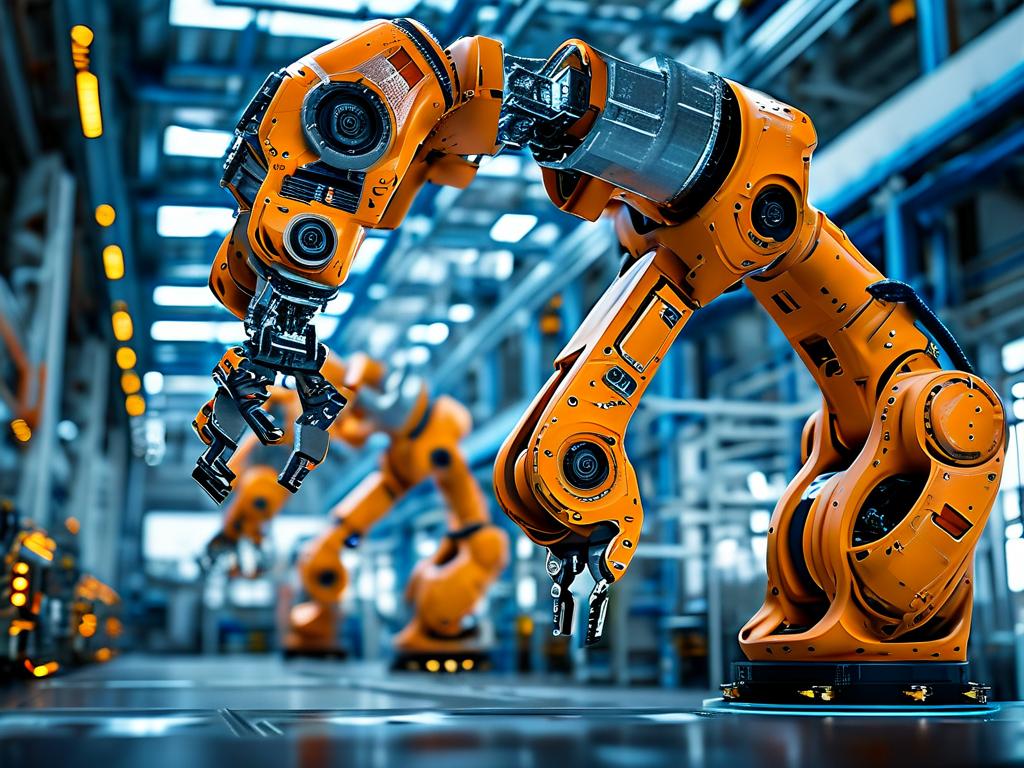The ability for a humanoid robot to autonomously recover from a fall represents one of the most complex challenges in robotics engineering. Unlike industrial robots operating in controlled environments, humanoid systems must navigate unpredictable terrains while maintaining dynamic balance—a feat requiring multidisciplinary innovation across mechanics, sensor fusion, and adaptive control algorithms.
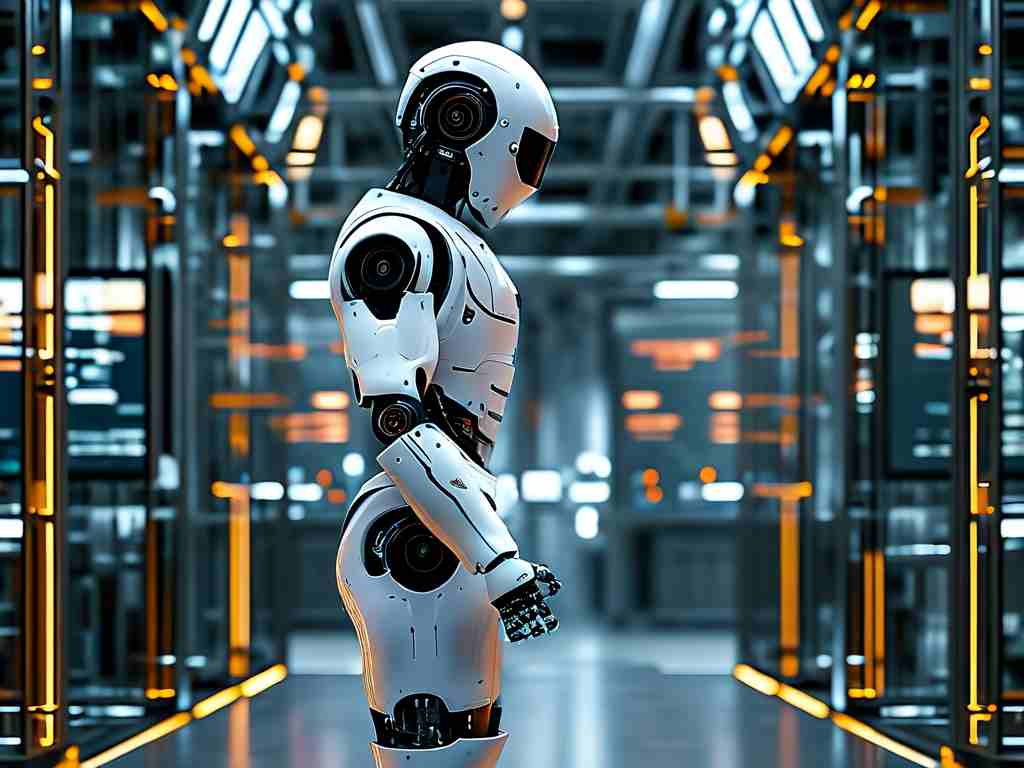
Biomechanical Inspiration and Hardware Design
Modern robotic rising strategies often draw inspiration from biological organisms. For instance, researchers have analyzed how cats reorient themselves mid-air and humans use sequential limb movements to stand up. This biomimetic approach has led to breakthroughs in joint flexibility, with newer actuators achieving 270-degree rotational ranges while maintaining torque density ratios exceeding 45 Nm/kg.
The Atlas robot by Boston Dynamics demonstrates such principles through its custom hydraulic system, enabling explosive power for jumps while preserving fine motor control for delicate maneuvers. However, energy efficiency remains a hurdle—current prototypes consume over 2kW during complex recovery sequences, highlighting the need for improved power-to-weight ratios in actuator design.
Sensor Fusion Framework
Successful rising maneuvers depend on real-time environmental interpretation. Advanced platforms integrate multiple sensor streams:
- Inertial Measurement Units (IMUs) sampling at 1kHz
- Depth cameras with sub-millimeter precision
- Tactile pressure sensors covering 85% of surface areas
These systems feed into probabilistic filtering algorithms like Kalman variants, creating unified spatial models updated within 5ms latency windows. The ANYmal quadruped robot exemplifies this through its terrain-adaptive recovery system, which automatically adjusts limb trajectories based on ground friction coefficients detected by foot-mounted sensors.
Control Architecture Innovations
Traditional PID controllers prove inadequate for the nonlinear dynamics of rising motions. Modern solutions employ:
# Simplified pseudocode for model-predictive control
def predict_recovery_trajectory(current_state):
trajectory = []
for time_step in prediction_horizon:
optimal_torque = solve_optimization(current_state, dynamics_model)
trajectory.append(apply_torque(optimal_torque))
current_state = simulate_next_state(current_state, optimal_torque)
return trajectory
This predictive approach enables robots to evaluate multiple recovery paths 30 times per second, selecting sequences that minimize energy expenditure and collision risks. Reinforcement learning has further enhanced these systems—the NASA Valkyrie robot reduced its average recovery time from 45 to 12 seconds after 3,000 simulated fall scenarios.
Energy Management Challenges
The power demands during self-recovery create unique thermal and electrical constraints. High-torque movements can cause motor temperatures to spike by 40°C within seconds, triggering safety shutdowns. Hybrid systems combining supercapacitors with lithium batteries now provide 500A peak current bursts while maintaining 80Wh/kg energy density.
Material science breakthroughs also play crucial roles. Shape-memory alloys in the Honda E2-DR prototype allow selective joint stiffening during critical phases, reducing power consumption by 22% compared to constant hydraulic pressure systems.
Ethical and Practical Implications
As these technologies mature, debates emerge about failure rate tolerances in public environments. Should a nursing care robot attempt risky recoveries if there's a 5% chance of collateral damage? Regulatory frameworks remain underdeveloped, with current safety standards like ISO 13482 lacking specific provisions for autonomous recovery behaviors.
From industrial applications to extraterrestrial exploration, robotic self-righting capabilities will redefine automation boundaries. The ongoing DARPA Subterranean Challenge highlights this evolution, where competing robots must navigate collapsed structures without human intervention. As processing power doubles every two years while sensor costs halve, the next decade may see falling robots become as rare as stumbling humans—a testament to silent technological revolutions reshaping our mechanical counterparts.


